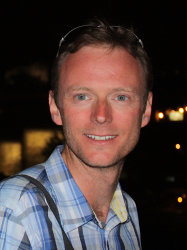BibTex format
@article{Shafiei:2023:brain/awac069,
author = {Shafiei, G and Bazinet, V and Dadar, M and Manera, AL and Collins, DL and Dagher, A and Borroni, B and Sanchez-Valle, R and Moreno, F and Laforce, R and Graff, C and Synofzik, M and Galimberti, D and Rowe, JB and Masellis, M and Tartaglia, MC and Finger, E and Vandenberghe, R and de, Mendonça A and Tagliavini, F and Santana, I and Butler, C and Gerhard, A and Danek, A and Levin, J and Otto, M and Sorbi, S and Jiskoot, LC and Seelaar, H and van, Swieten JC and Rohrer, JD and Misic, B and Ducharme, S and Frontotemporal, Lobar Degeneration Neuroimaging Initiative FTLDNI and GENetic, Frontotemporal dementia Initiative GENFI},
doi = {brain/awac069},
journal = {Brain},
pages = {321--336},
title = {Network structure and transcriptomic vulnerability shape atrophy in frontotemporal dementia.},
url = {http://dx.doi.org/10.1093/brain/awac069},
volume = {146},
year = {2023}
}

